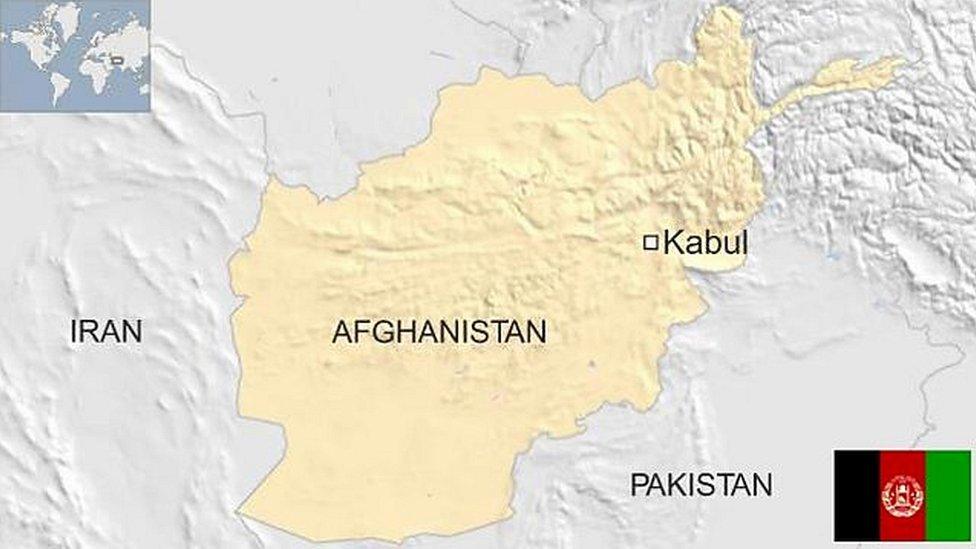Afghanistan: Civilian deaths at record high in 2018 - UN
- Published

One of the leading causes of civilian deaths was suicide attacks - here in the capital, Kabul, in November
More civilians were killed last year in Afghanistan than at any time since records have been kept, according to a new report from the UN.
There were 3,804 civilian deaths in 2018, including 927 children, the highest recorded numbers in the country's long-running war.
The Afghan war began after US forces led a campaign to overthrow the Taliban in the wake of 2001's 9/11 attacks.
The report comes a day before the next round of talks to end the conflict.
US special envoy Zalmay Khalilzad is expected to meet Taliban negotiators on Monday in Qatar.
Taliban sources told the BBC that one of the group's co-founders is travelling to Qatar for the talks. Analysts said the involvement of Mullah Abdul Ghani Baradar, who served in several key roles within the Taliban, could improve chances of a deal being reached.
Why were the figures the worst since records began in 2009?
In 2018 there was a spike in suicide attacks by "anti-government elements" as well as increased harm to civilians from aerial and search operations by pro-government forces, the report said.
The year saw the highest number of civilian casualties ever recorded from suicide attacks and aerial operations, external, with more than 500 civilians killed by "aerial operations for the first time on record", the report noted.
Ground engagements, mainly between pro-government forces and anti-government groups, also remained a leading cause of civilian casualties.
The rockets date back to the Soviet war in Afghanistan in 1980s.
"This is the UN's 10th annual report documenting the plight of civilians in the Afghan conflict - more than 32,000 civilians killed and around 60,000 injured in a decade. It is time to put an end to this human misery and tragedy," said Tadamichi Yamamoto, the top UN official in Afghanistan.
"The best way to halt the killings and maiming of civilians is to stop the fighting. That is why there is all the more need now to use all our efforts to bring about peace."
The United Nations Assistance Mission in Afghanistan (Unama) recorded 10,993 civilian casualties (3,804 deaths and 7,189 injured), which it says represents a 5% increase in overall civilian casualties and an 11% increase in civilian deaths compared to 2017.
Earlier this year, Afghan President Ashraf Ghani said more than 45,000 members of the country's security forces had been killed since he became leader in 2014 - a figure far higher than previously thought.
Sher Mohammad Abbas Stanikzai: "Peace is more difficult than war"
What are the prospects for the peace talks?
Peace talks in Afghanistan have been gaining momentum, amid moves by US President Donald Trump to end US involvement in Afghanistan, where 14,000 American troops are still deployed.
In January 2019 Mr Khalilzad said the US and the Afghan Taliban had made "significant progress" in talks aimed at ending the 17-year-old conflict, after reaching a framework agreement in their last round of talks in Qatar.
But the Taliban have so far refused to hold formal talks with the Afghan government, which they say is a puppet of the West.
And despite the framework agreement, there is no accord on a timetable for a US pullout, or a ceasefire in Afghanistan.
- Published25 January 2019
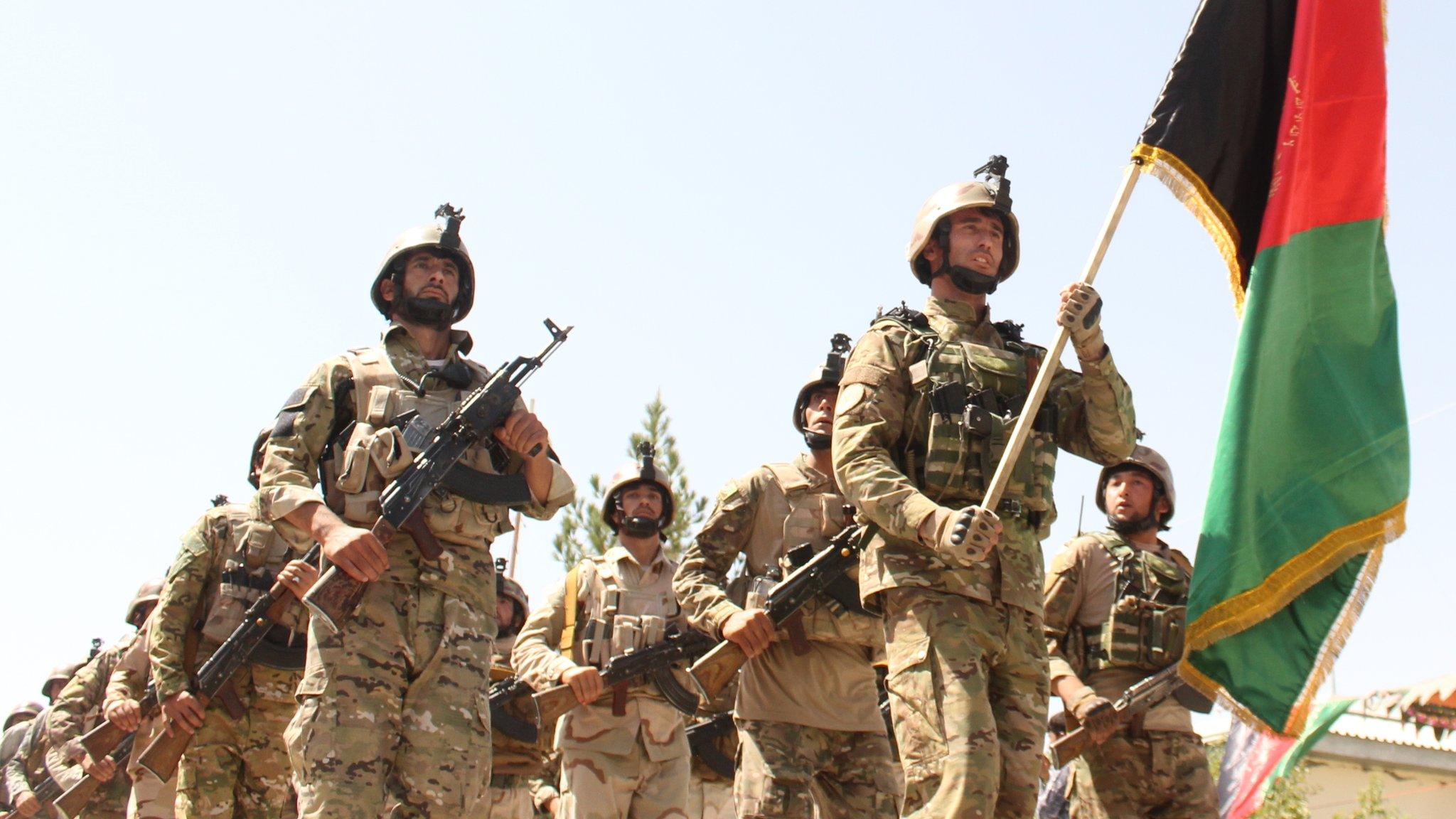
- Published27 January 2019
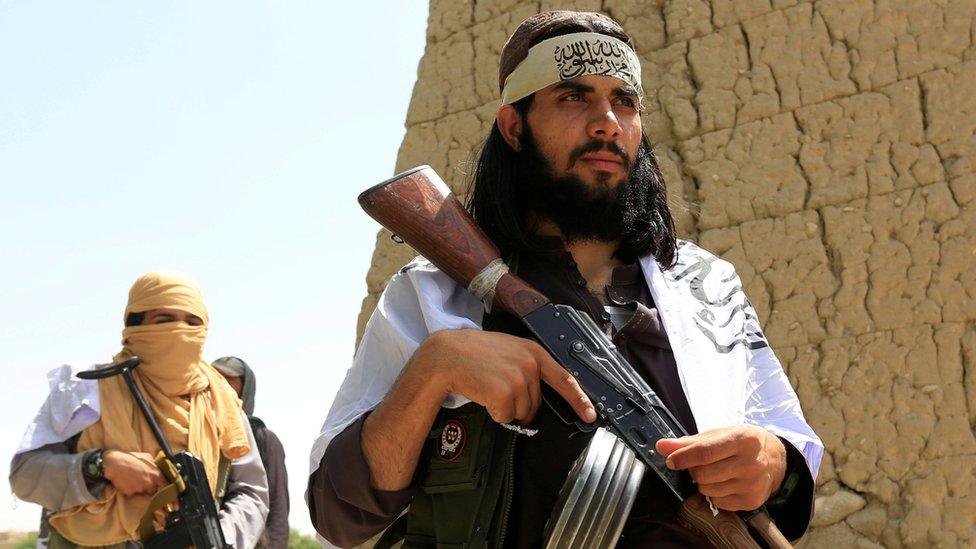
- Published26 January 2019
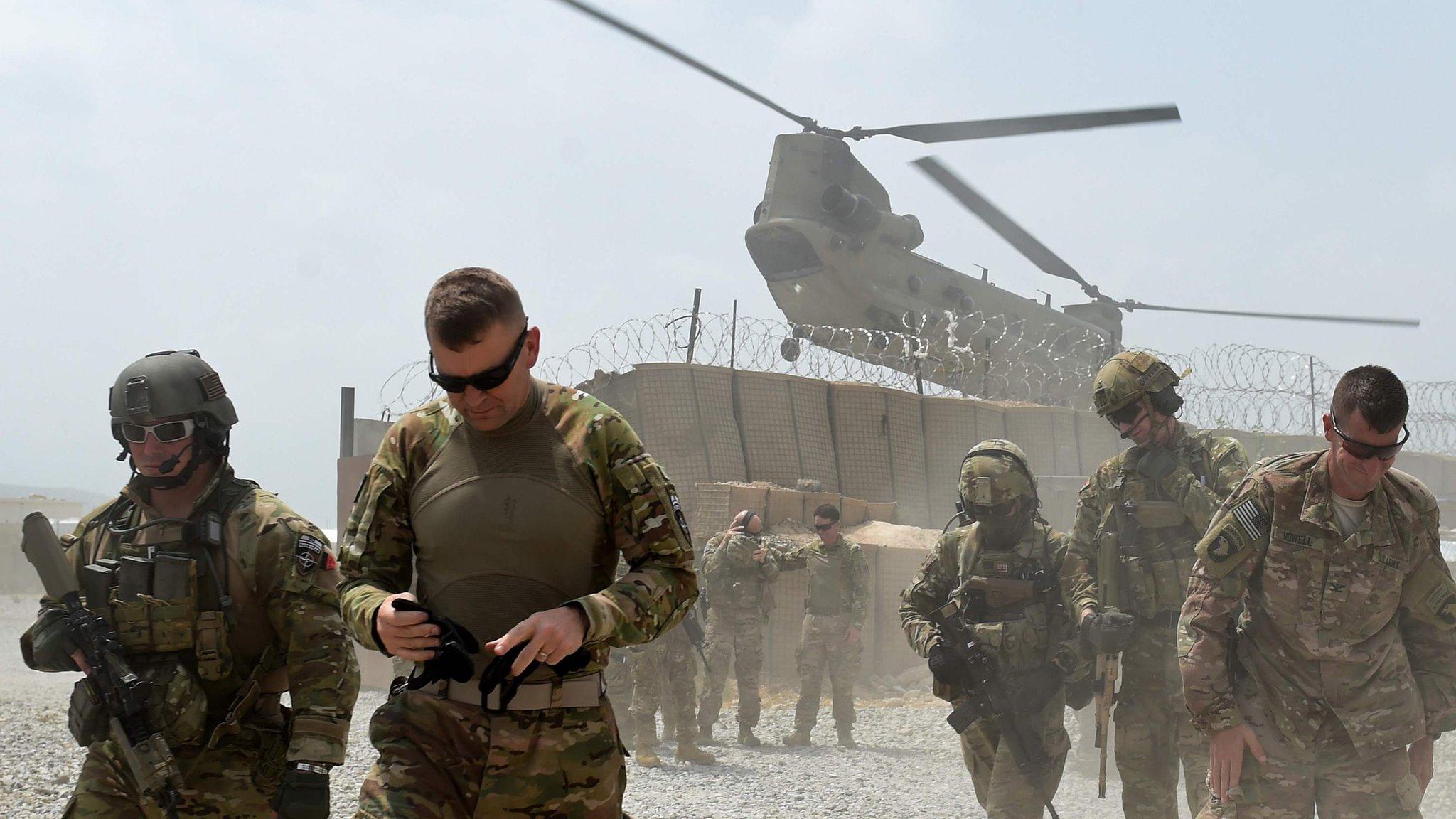
- Published21 January 2019

- Published14 September 2018
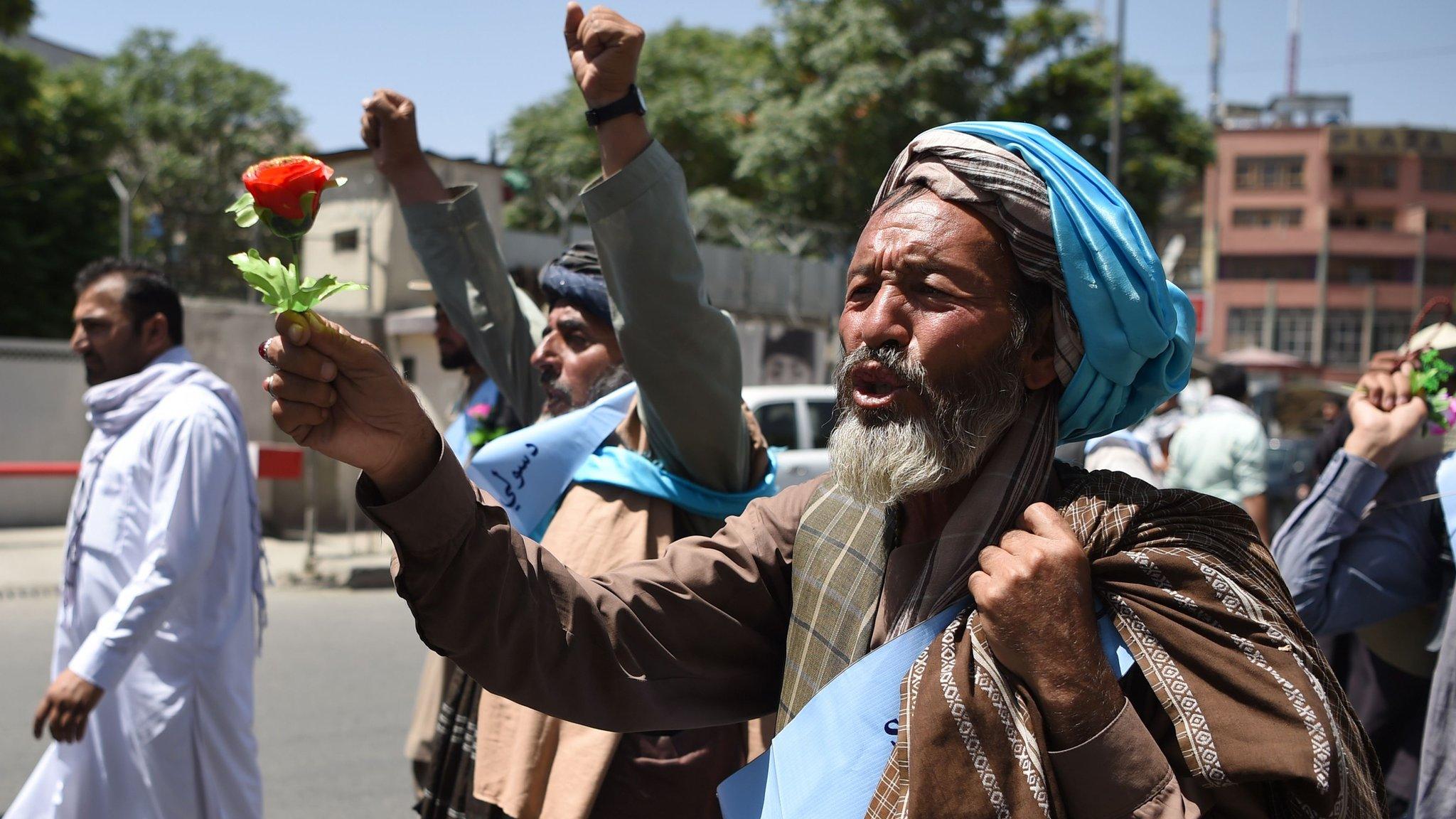
- Published15 July 2018
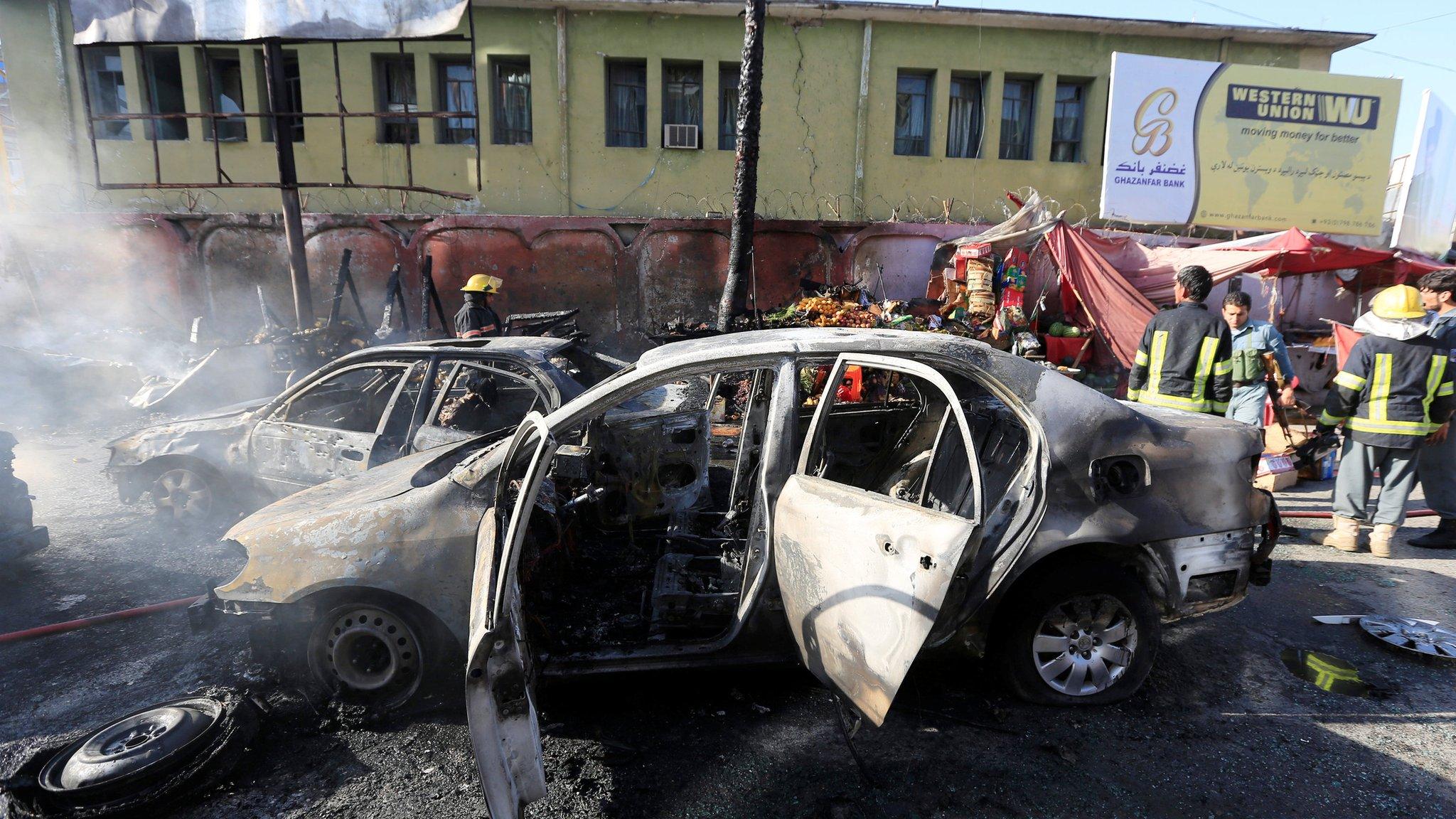
- Published7 June 2018

- Published31 January 2018

- Published10 March
